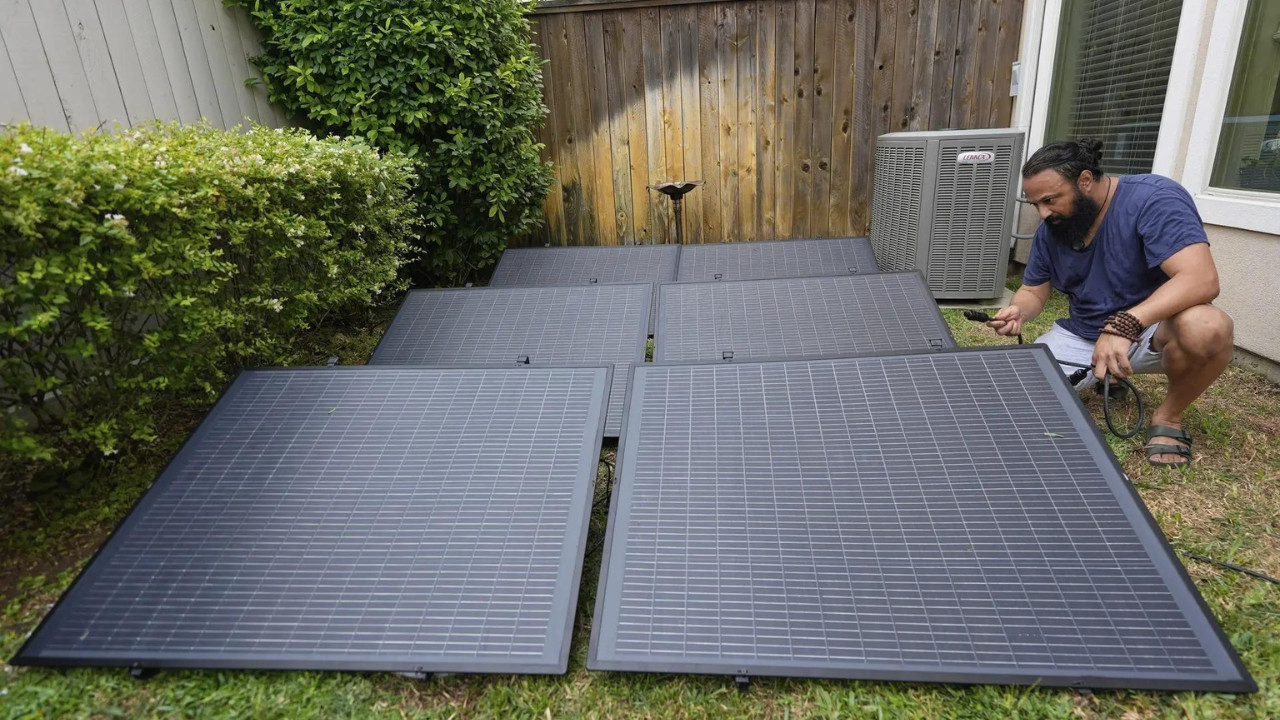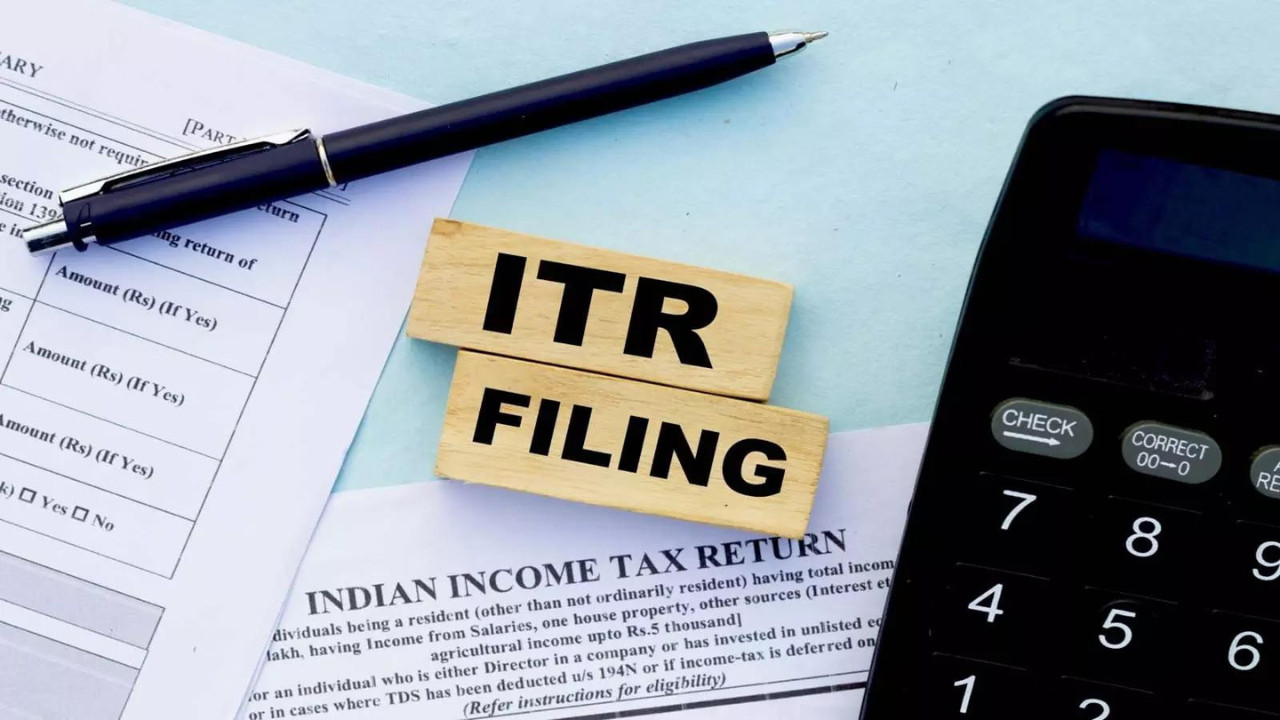Plug-in solar kits, popular in Europe for their affordability and ease of installation, are gaining traction in the US. As rooftop solar tax credits expire, interest in these cheaper alternatives is expected to grow. Regulations and policy pushes are underway to support wider adoption, with companies lobbying for supportive legislation and expanding availability.
Balcony Solar: The Little Energy Revolution Blooming on US Balconies
Forget sprawling solar panel arrays hogging rooftops. A quiet revolution is taking root, or rather, clipping on, to balconies across the United States: balcony solar. These compact, plug-and-play solar kits are turning apartment dwellers and renters into micro-generators, offering a taste of energy independence and a welcome reprieve from rising electricity bills.
For years, solar power felt like the exclusive domain of homeowners with sun-drenched roofs and the capital to invest. But the landscape is shifting. Balcony solar is democratizing renewable energy, making it accessible to a wider audience, particularly those often excluded from the traditional solar market. This includes renters, apartment residents, and homeowners facing restrictions on rooftop installations.

Why the Sudden Surge in Balcony Solar Popularity?
Several factors are driving this balcony-based boom. The most compelling is, without a doubt, cost. These plug-in systems are significantly cheaper than traditional rooftop solar installations. For example, a single panel system capable of offsetting a portion of a typical apartment’s energy consumption could cost a few hundred dollars, a fraction of the thousands required for a rooftop setup.
The simplicity of installation is another key driver. Forget complex wiring and professional installers. These kits are designed for easy, DIY setup. Simply attach the panel to your balcony railing, plug it into a standard outlet, and you’re generating clean energy. This user-friendliness removes a major barrier for many potential solar adopters.
Furthermore, shifts in utility policies are playing a crucial role. As net metering programs (where homeowners receive credits for excess energy sent back to the grid) become less favorable or are phased out altogether in some states, strategies like maximizing self-consumption of solar power are gaining traction. Balcony solar allows individuals to directly use the electricity they generate, reducing their reliance on the grid and minimizing the impact of these policy changes. Check your local utility provider for the latest details about net metering and other energy incentives.
The Bright Future of Small-Scale Solar
While balcony solar won’t single-handedly solve the climate crisis, it represents a significant step towards a more decentralized and democratized energy system. Every kilowatt generated by these small systems contributes to reducing overall carbon emissions and lessening our dependence on fossil fuels.
The demand for balcony solar is expected to rise sharply in the coming years. As awareness grows, technology improves, and costs continue to fall, more and more people will be drawn to the idea of generating their own clean energy, even from a small apartment balcony. The convenience and affordability are powerful draws.
Challenges and Considerations for Balcony Solar
Of course, balcony solar isn’t without its limitations. The amount of energy generated depends heavily on the orientation and shading of the balcony. South-facing balconies with minimal obstruction will naturally produce the most electricity. Furthermore, the output of a single panel is relatively small compared to a full rooftop system. It is suitable for offsetting a portion of energy use or powering specific appliances.
Regulations and building codes can also pose challenges. Some apartment complexes may have restrictions on installing anything on balconies, so it’s important to check with your landlord or homeowners association before investing in a system. In addition, it is crucial to ensure the balcony structure can safely support the weight of the solar panel.
Is small-scale solar right for you? Learn more about how to maintain your solar panels once you have them installed.
Balcony Solar: Empowering Individuals, One Panel at a Time
Balcony solar represents a compelling trend in the renewable energy landscape. By offering an affordable, accessible, and easy-to-install solution, it’s empowering individuals to take control of their energy consumption and contribute to a cleaner future. Although the energy output might be modest, the collective impact of thousands of balcony solar systems could be substantial, paving the way for a more sustainable and resilient energy future, one balcony at a time. This shift represents a valuable opportunity for greater access to balcony solar initiatives and expanded renewable energy adoption.







